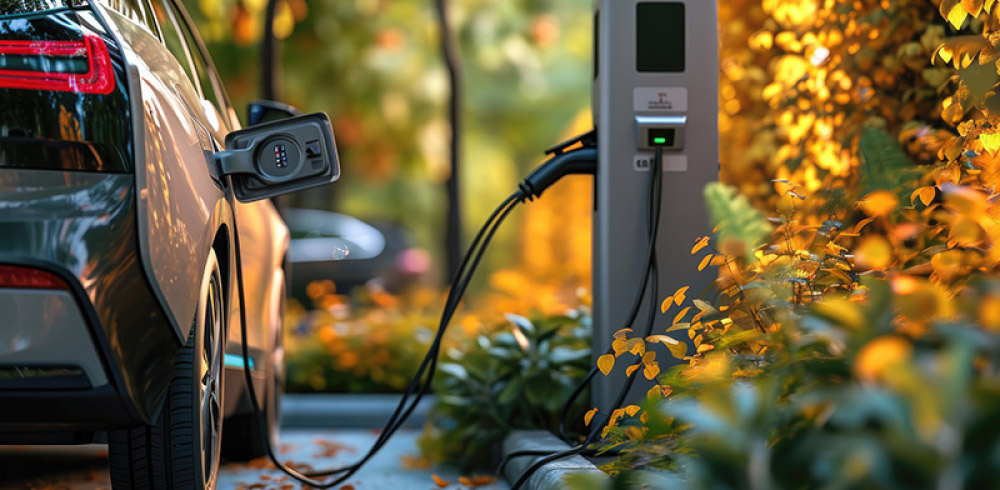Why EVs May Be Cheaper to Run and Maintain than Petrol Vehicles

From servicing to insurance to fuel – we all know how quickly car costs can add up. If you could spend less on your car, why wouldn’t you?
One way that people are choosing to potentially save on their car costs is by driving an electric vehicle. Although electric vehicles generally have a higher purchase price, there could be cost savings associated with the lifetime of the car, including paying less in fuel and maintenance.
Petrol vs electricity
Let’s compare fuel costs for a Lexus UX and a Tesla Model 3. There is only a $2,400 difference between their value, but you could pay approximately 60% less per year for fuel if you chose the Tesla.
| Lexus UX | Tesla Model 3 | |
| Purchase price | $55,075 | $57,400 |
| Fuel price | $2.08 / L | 30c / kWh |
| Distance travelled per year | 15,000km | 15,000km |
| Vehicle version | 2.0 200 Crafted Edition | Rear-Wheel Drive |
| Fuel costs per year | $1,809.60 | $603 |
| Fuel savings per year | - | $1,206.60 |
Calculations sourced from NRMA as of Feb 2024. These estimated savings are calculated by comparing fuel costs and EV charging costs. It does not account for costs such as insurance or maintenance, and therefore should only be used for illustrative purposes only.
Drivers could further save on EV charging costs by charging overnight on an off-peak tariff, or by using solar generated energy.
Maintenance and servicing
Most of us are used to yearly servicing appointments for our car and spending hundreds per year on maintenance. However, EVs are a gamechanger when it comes to possibly keeping maintenance costs down.
Put simply, EVs generally have fewer moving parts than their petrol counterparts. An ICE vehicle drivetrain typically has around 2,000 moving parts, while an EV drivetrain only has around 20. Pure EVs also don’t need oil or spark plug changes, and the brake pads are less likely to wear out due to the regenerative braking process.
EVs still need regular maintenance and servicing, as any vehicle would, but drivers could save $300-$400 per year by switching to an EV, according to the Electric Vehicle Council.
Potential tax savings through novated leasing
There’s a way you could save even more with an EV– novated leasing.
New EVs that are priced under the Luxury Car Tax threshold, both held and used on or after 1 July 2022 and part of a novated lease agreement are exempt from Fringe Benefits Tax thanks to the Federal Government EV Discount.
This means lease payments and running costs can be paid using your before-tax salary. A novated lease allows you to bundle running costs as part of your payments, so your fuel and servicing costs are accounted for as estimated in your budget, which Maxxia will help you create.
To find out more about EV novated leasing, visit our EV homepage or fill out a Contact form to get in touch with the Maxxia team.
This website contains general information and doesn't take your personal circumstances into account. Seek professional independent advice before making a decision.


